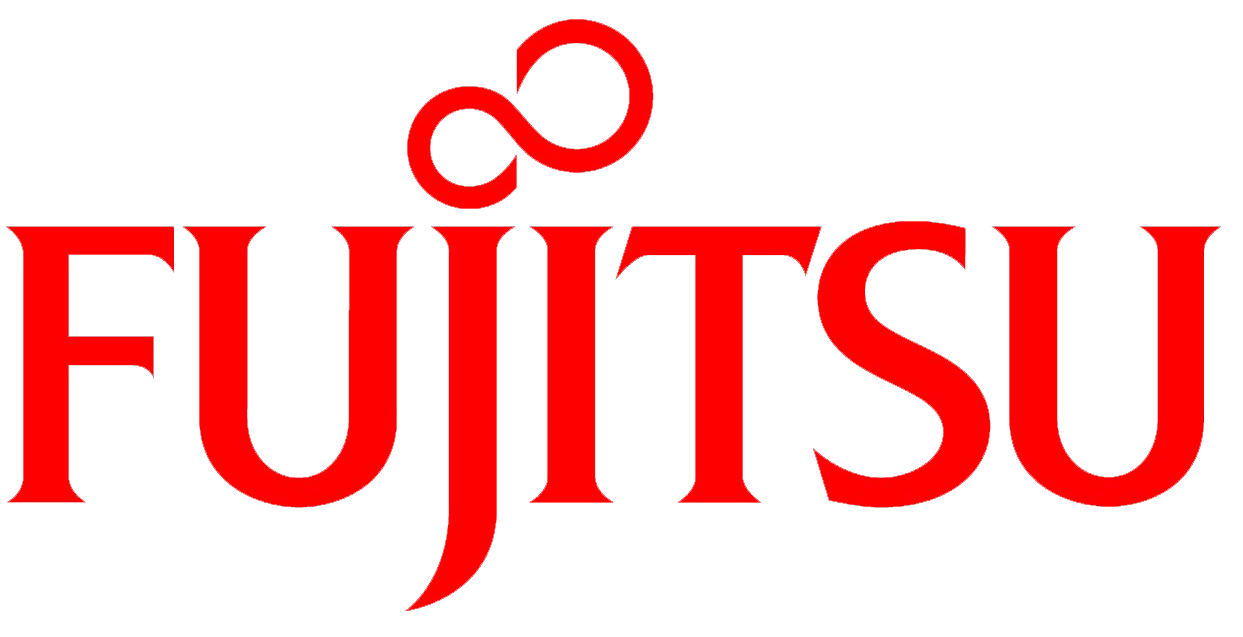 With the continuing focus on digital transformation in the workplace, why is there still so much paper on our desks?
With the continuing focus on digital transformation in the workplace, why is there still so much paper on our desks?
According to The World Counts, we use more than two pieces of paper for everyone on earth every single hour; and demand for paper is expected to double by 2030.
What’s more, managing documents is increasingly burdensome as the workforce becomes more mobile, with many working outside their employers’ main offices for half the week or more, according to research from Regus Canada.
The good news is that advancements in document scanning and managing technology can clear the paper off our desks, while making it easier to organize and share the documents we need.
Organizing documents increases revenue
According to IDC Research, automating document-driven processes, with a focus on eliminating paper, could yield a 36 per cent increase in revenue and a 30 per cent reduction in costs.
What’s stopping us, IDC says, is the embedded culture of paper use – clearly one of the biggest obstacles to digital transformation. Even though close to 60 percent of organizations worldwide are running digital projects, these initiatives are not transforming the overall organization away from paper.
It takes more than just a commitment from all levels of management to buy into the idea that a new technology or process will work better than current practices. Part of the answer is to adopt document scanning technology that is easy to use – and that complements human behaviour.
A company at the forefront of this effort is Fujitsu Canada. Its line of ScanSnap document scanners is market-leading technology that is the result of its designers visiting workplaces and mobile locations to see how its scanners are being used. For Fujitsu, this is the first step in their product development and ongoing innovation.
 How new scanning makes life easier
How new scanning makes life easier
Fujitsu’s ScanSnap products allow users to create searchable PDFs of most office documents at the touch of the button and send them to their desktop, to a network folder or to the Cloud.
Integration with business applications, like QuickBooks Online, means that users can scan documents directly into their workflow. With the push of a button, it eliminates multi-step processes to digitize, save and use information.
“Fujitsu’s ScanSnap delivers crisp image quality and superior paper handling that makes it easy to use, time after time.” says Steve Oblin, Senior Marketing Manager for Fujitsu’s Imaging group. “And these same principles apply, whether you’re scanning to a local application on your computer or to a Cloud service.”
Ready for a road trip
ScanSnap is also a game-changer for mobile workers who find their pockets and briefcases stuffed with receipts and business cards at the end of a busy day, with no time left to organize them. Weighing only 400 grams, the wireless ScanSnap iX100 is small enough to take on the road, along with a phone or tablet.
A big advantage of combining scanners with cloud-based technology is that information is safely stored off-site and automatically backed up by the cloud service. Employees can easily access the documents anywhere and at any time.
This ease-of-use helps to make the office transformation as seamless as possible to empower the workforce, not disrupt them, says Fujitsu. And it just might clear your desk.

